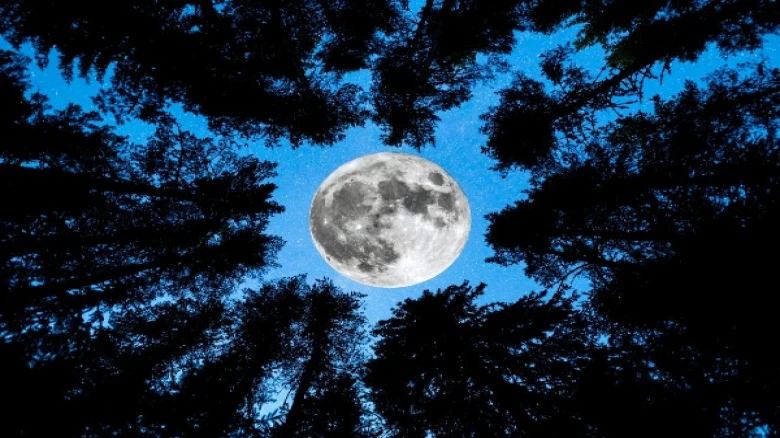North East

On August 30, a super blue moon will appear in the night sky. Here's everything you need to know...
Digital Desk: The amazing 'once in a blue moon' celestial spectacle will grace the skies on the night of August 30, so mark your calendars and gaze up to witness the spectacular super blue moon.
This Wednesday will be a memorable occasion because as in India people will be celebrating Raksha Bandhan during the day and seeing the largest and brightest moon of the year at night. It is predicted to reach its peak around 9:36 p.m. ET or 7:06 a.m. IST. Contrary to its name, the moon will seem orange in shade rather than blue.
While this sounds thrilling, many people have a question: What precisely is a blue moon, and how frequently does this phenomenon appear in our skies? Read Here-
There are two types of blue moons, but sadly, neither is related to hue. In the words of NASA, a seasonal blue moon is defined as the third full moon in a season with four full moons, following the common definition of a blue moon.
A monthly blue moon, on the other hand, refers to the second full moon that occurs inside a single calendar month and was created as a result of a misinterpretation of the original term.
Based on Time and Date, the monthly blue moon has evolved into an accepted definition of a blue moon rather than being seen as a misunderstanding.
The Moon, on the other hand, takes 29.5 days to complete each phase, for a total of 354 days for 12 complete cycles. Because there are only roughly 366 days in a year, the 13th full moon occurs every two and a half years. This extra full moon is referred to as a "blue moon" because it does not fit into the conventional naming system.
On average how often does a blue moon show up?
A blue moon is an extremely rare occurrence. A full moon occurs every 29 days on average. Because most months have 30 or 31 days, a month may occasionally have two full moons. Blue moons occur about every two and a half years.
In 2018, there were two blue moons within two months of each other, one of which was a lunar eclipse! A blue moon and a supermoon coincide on the same night about every ten years; the next occasion will be in January and March 2037, which is approximately 14 years away.
Leave A Comment